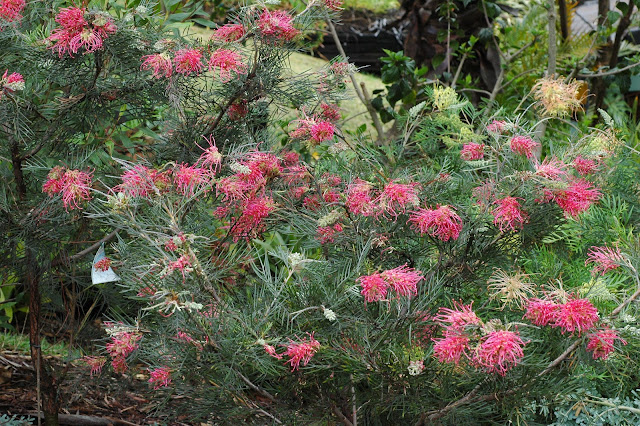
Tools and materials I propose:LatheWood turning tools setChuck kitTormek T8 Sharpening SystemTormek Woodturner’s KitFlexcut starter carving setCaliper setWire Burning KitIn this video I turn a scoop out of basswood. The technique I used Is similar to what pipe makers do to turn their blanks in two axis. I begun by marking all my centre points and my basic design...














